Gardens By The Bay: The garden life
SINGAPORE — Gardens By The Bay (GBTB) at Marina South is an award-winning attraction — it won World Building Of The Year at the World Architecture Festival in 2012 — that boasts pretty flowers and two awesome climate-controlled domes.
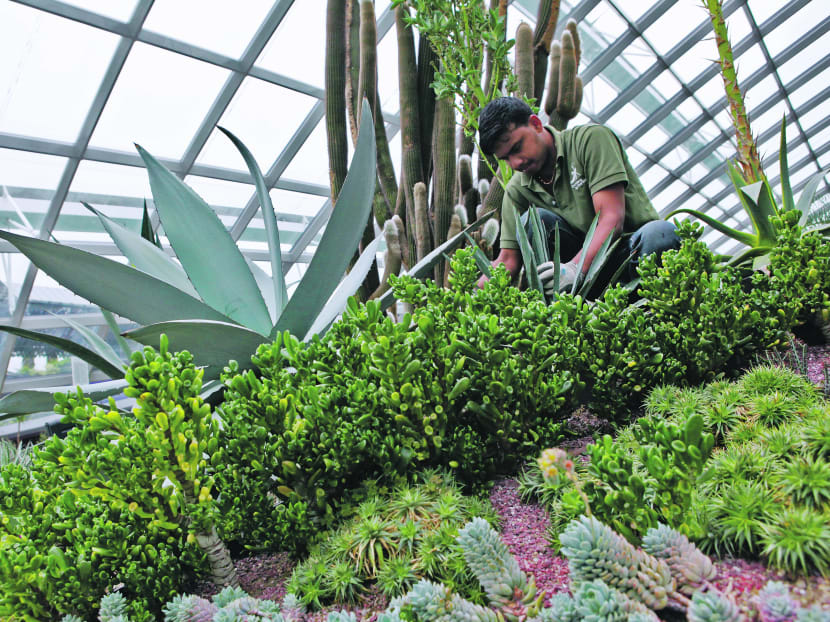
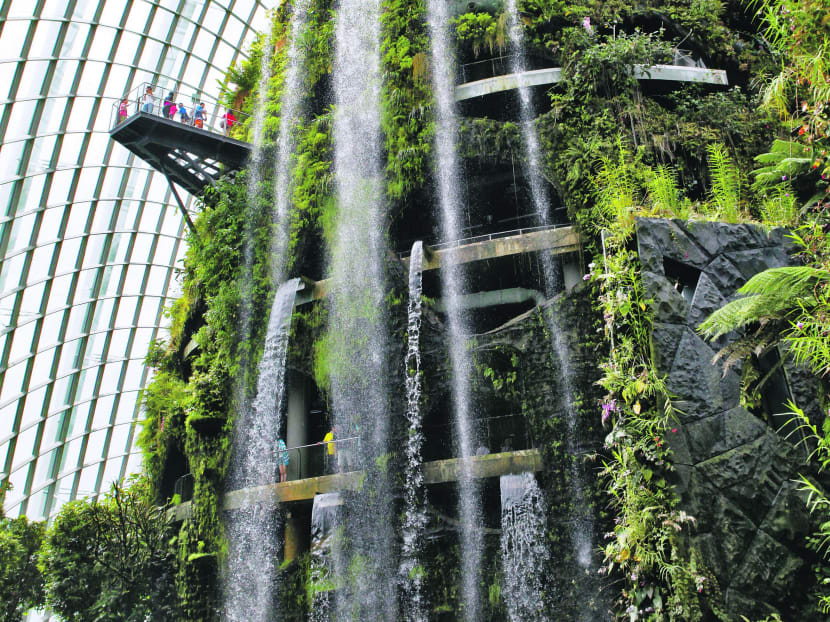
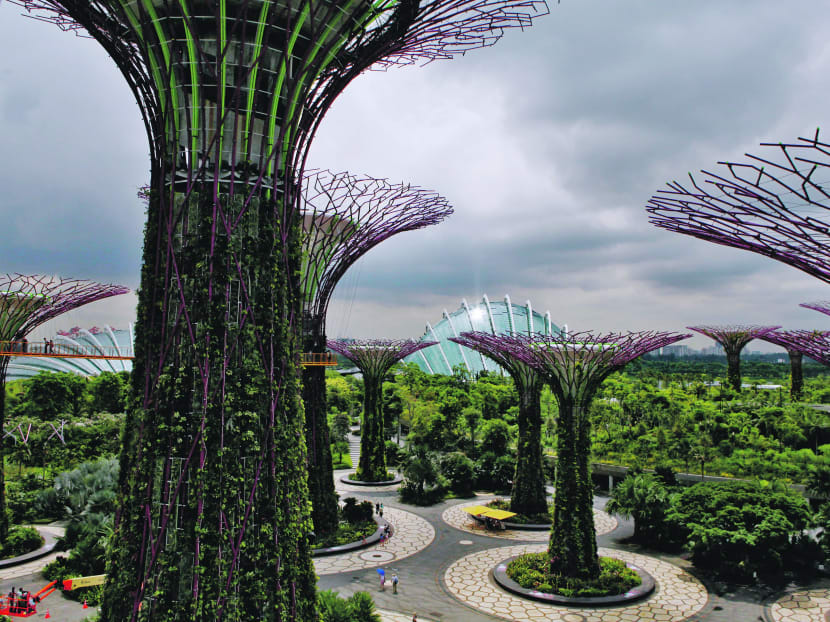
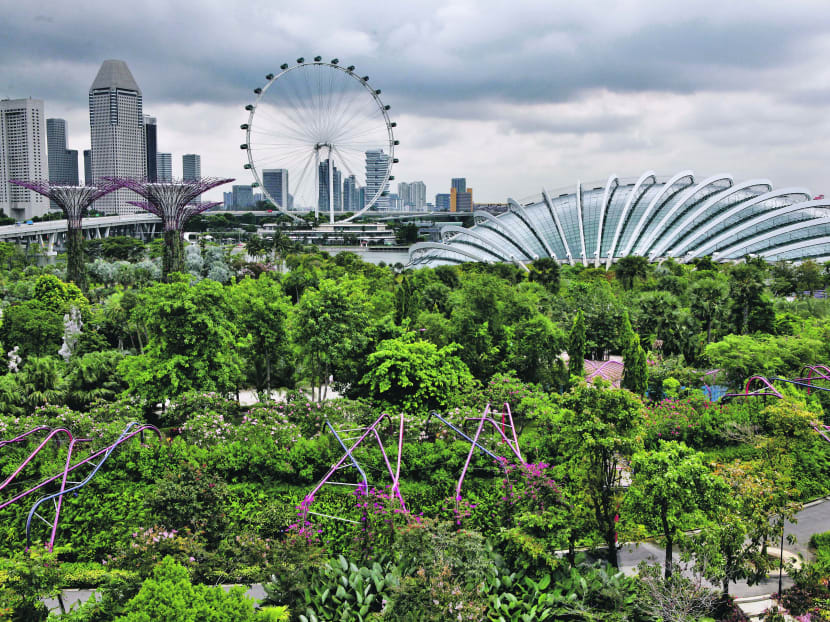
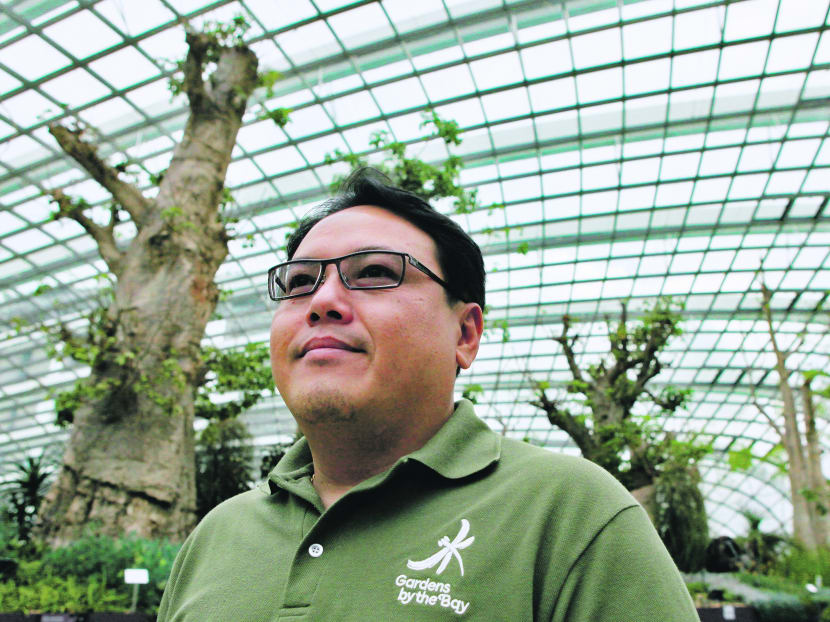
SINGAPORE — Gardens By The Bay (GBTB) at Marina South is an award-winning attraction — it won World Building Of The Year at the World Architecture Festival in 2012 — that boasts pretty flowers and two awesome climate-controlled domes.
But maintaining self-sustainable cooling systems and a massive, well, garden, isn’t as easy as it seems. With most of the work done behind the shrubbery, as it were, it’s no surprise that most of the work goes unnoticed.
And it is a lot of work. A typical day starts after sunrise, said Andy Kwek, GBTB’S director of conservatory operations.
“Starting at about 7.30am, the guys will come into the two domes to clean up the litter in the area. At 9am, when the doors open to the public, they’ll then carry out their daily routines such as pruning and weeding at the various garden beds.”
That’s just for starters. Changing the floral displays is a bigger challenge: Every two months, the current flower fields at the Flower Dome are “ripped out” and a fresh set is brought in. “We start our work at 9pm when the visitors have left, and take it through to about 4 in the morning,” said Kwek. “We do this every night till the entire bed of flowers is revamped.”
One of the most laborious aspects is bringing the gigantic trees into the conservatories, one at a time, through a small entrance. “We had a tree that weighed 47 tonnes, and it took us 48 hours just to put it into position,” he recalled.
But there’s more to GBTB than just moving flowers and trees around. The world’s growing ecological crisis is a growing concern. But the team has found an eco-sustainable solution to run the attraction. Kwek and his team utilise spectrally-selective glass as the main material used in the conservatories. Not only does this reduce the scorching heat, it also enables 65 per cent of light to enter the dome, providing maximum illumination. (The plants themselves are able to withstand the high daytime temperatures due to their Mediterranean origins.)
To keep visitors cool, Kwek said GBTB employs an energy-efficient solution that uses horticultural waste such as discarded wood chips to generate energy for its cooling systems. Approximately 2,000 tonnes of such waste discarded each month is processed and used as biomass fuel, which translates to 30 per cent savings in energy consumption, compared with conventional cooling technologies.
“Producing our own energy to run the cooling of the conservatories is extremely state-of-the-art. There may be people who have done this before, but not at the scale we’re doing it, especially in this part of the world,” said Kwek.
Another form of alternative energy are the Supertrees. Solar panels at the apex of these 16-storey structures are used to power the nightly OCBC Garden Rhapsody light and sound display.
“From the first moment we embarked on this project, we made sure the plants have always been our top priority, every step of the way. You can build a building, but if the building isn’t designed specifically for the plants, it won’t work,” he continued, adding that while they wanted “an icon, their functions had to suit the plants”.
Yes, it’s all about the plants. The Gardens is even attempting to reduce the carbon footprint with the number of plants planted. One such example would be its collaboration with national water agency PUB after its lake system, roughly the size of 192 Olympic swimming pools, ran low during the dry months.
Said Kwek: “We agreed that PUB would bring in water from its channels into our gardens during the dry months and in return, we would grow beneficial aquatic plants such as the water hyacinth and the Nile papyrus within our lake system, which help cleanse the waters and serve as a natural filtration system.”
Its wildlife surveys showed that the diversity of plants at GBTB has also allowed fauna to flourish, from kingfishers to a school of otters. “We even had a pair of ducks that birthed 13 ducklings here!” said Kwek.
If there’s one concern, it’s in the area of education, said Kwek. “The younger generation was brought up in a very different environment clouded by technology and they are unable to appreciate nature (but) I can understand that most teens would rather stay at home and watch TV than visit places like the Gardens.”
Nevertheless, GBTB is organising a slew of events and activities for families and the youth next month. It is also collaborating with the Ministry of Education for the Singapore Youth Festival in July.
Future plans will involve, you guessed it, more gardens. Funds permitting, Kwek said Phase Two will entail projects in Bay East and Bay Central, right in front of the F1 Pit. “They are two other gardens that are also part of Gardens By The Bay, which most people don’t even know about.”
For Kwek, GBTB isn’t just about being an attraction that looks good. “A great landscape would be one that is conducive for people to visit,” he said. “Not only is a shelter or a canopy important to shield visitors from the heat, but the choice of plants that is used is very important.
“Personally, I like to add a little surprise to the landscape with plants like the agaves at the Flower Dome. I bet you didn’t know that they are used to make tequila. That’s what I’m talking about — interesting plants that make people sit up and go ‘Oh, really?’ (That’s) what determines the success of a landscape.”
Gardens By The Bay is hosting a series of fun-filled education activities and tours until June 30. For more details, visit http://www.gardensbythebay.com.sg






